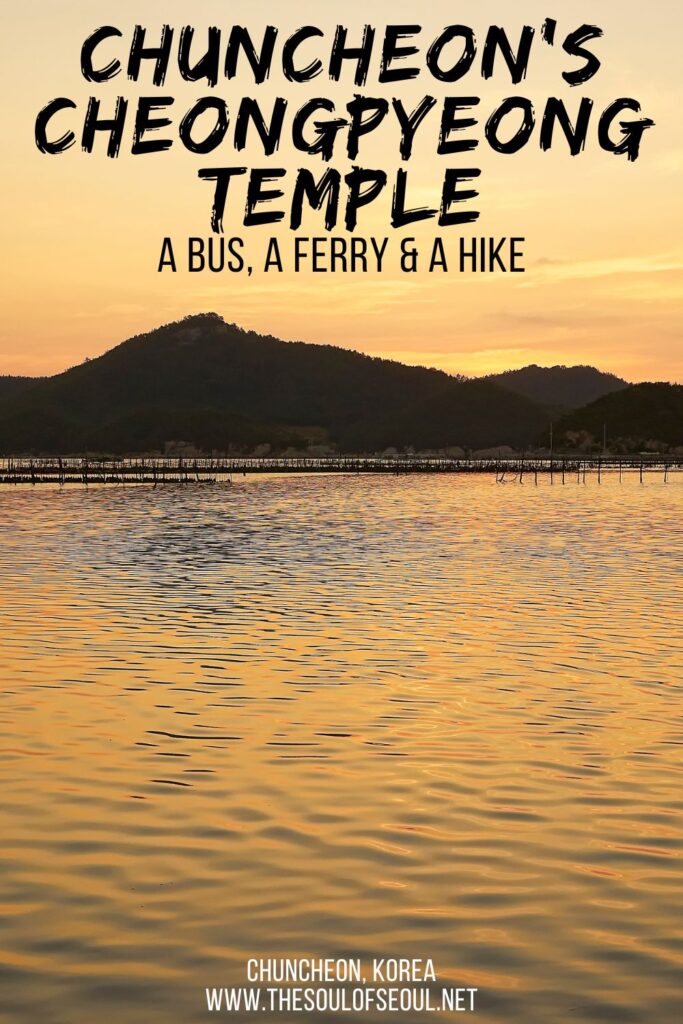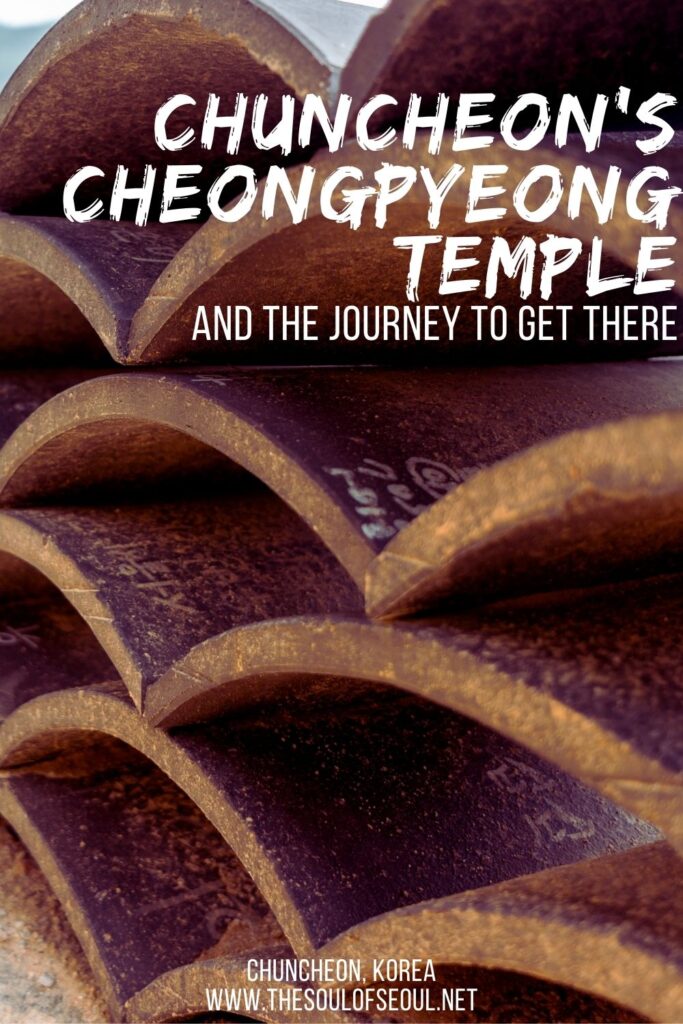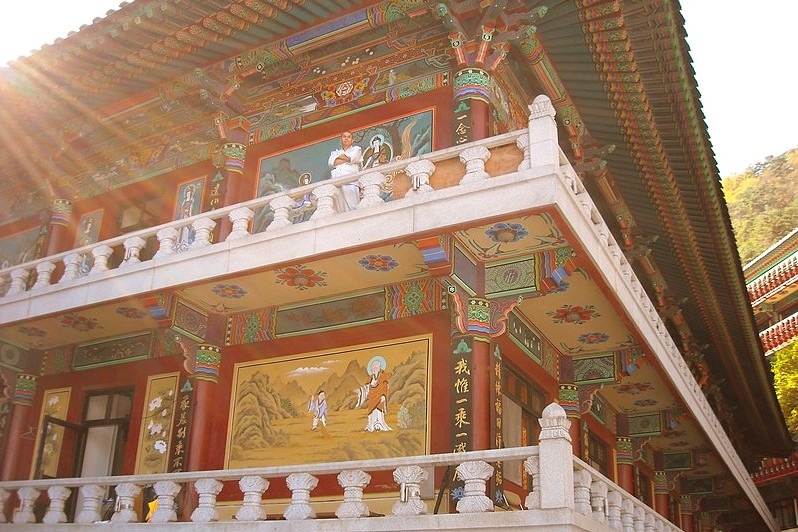Chuncheon’s Cheongpyeong Temple and the Trek To Get There
The weather starting to warm up, or at least be reasonable for walking outside, has me itching to get out and do something. I was looking back at some temples I’ve been to so I can make a list of some different ones to check out in the upcoming year and I chanced upon one of my favorites, Cheongpyeong-sa Temple (청평사). Cheongpyeongsa is one of my favorites probably for the trip that it takes to get there, which entails traveling by bus, boat and a nice, but not too lengthy, hike.
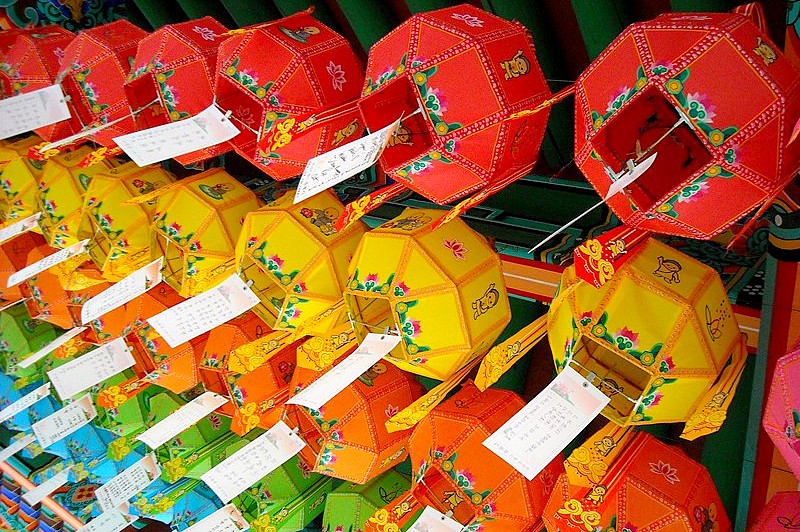
Take a trip to see this temple in Chuncheon. The trek to get there is beautiful:
(This post contains affiliate links, which means I receive a certain percentage of a sale if you purchase after clicking. These funds go to maintain the site. Thank you for your support.)
How To Get There
Address: 674 Cheongpyun-ri Buksan-myeon Chuncheon-si, Gangwon-do (강원도 춘천시 북산면 청평리 674)
Directions: First catch a bus to Chuncheon from Dong Seoul Bus Terminal. Buses leave regularly between 6AM and 9:20PM and the trip will take approximately 70 minutes. Another newer option would be a recently opened subway line that now connects Seoul to Chuncheon and takes roughly the same time.
After arriving in Chuncheon, find a bus stop and get on bus number 11, 12 or 12-1, which will take 20 to 30 minutes and they’ll all end at Soyang Dam. From there walk up and then down the only path available to you and that’ll lead you to the dock to catch a ferry to the other side of the dam. From there, there’s only one path up and you’ll commence you’re hike through a small town of ma and pa shops ready to serve you some cheap lunch.
Where To Stay
KT&G SangSang Madang Chuncheon Stay
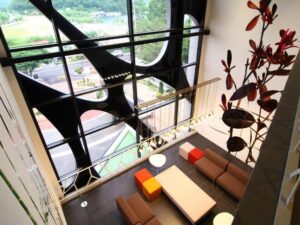
Need a place to stay in Chuncheon? Check out KT&G SangSangMadang Chuncheon Stay. Head out a bit to this stay and enjoy the surrounding area and clean air. The beds will suit the weary soul that needs a great rest after a hike or jaunt around the region. Simple rooms with what you need and accessible.
Book a room here on Booking.com or on Agoda.com
SolRio Pension

Another great stay in the area is SolRio Pension. SolRio Pension features accommodation within 1.2 km of Jade Garden. The accommodation is air conditioned and comes with a spa bath, but also feel free to check out the outdoor swimming pool if you’re headed there over the summer. A great place to take a break and cool off when you’re not out and about exploring the region.
Book a stay here on Agoda.com
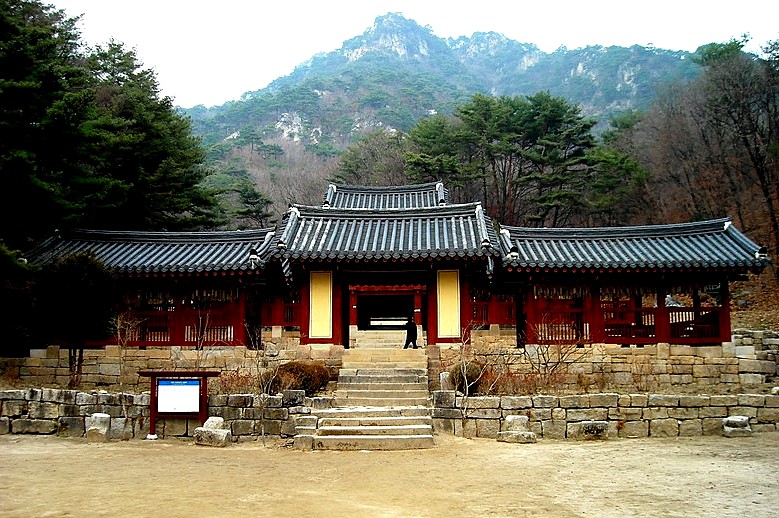
What To Know
Cheongpyeong-sa is out in Chuncheon, a city known for its dakgalbi, or spicy chicken stir fry. Only an hour and a half from Seoul, Chuncheon is a perfect weekend trip or daytrip from the city. You can indulge in some great food on dakgalbi street at the end of your day at the temple.
It’s also a great place to stay if you want to spend the day at Nami Island and then crash for the night without going back into Seoul immediately.
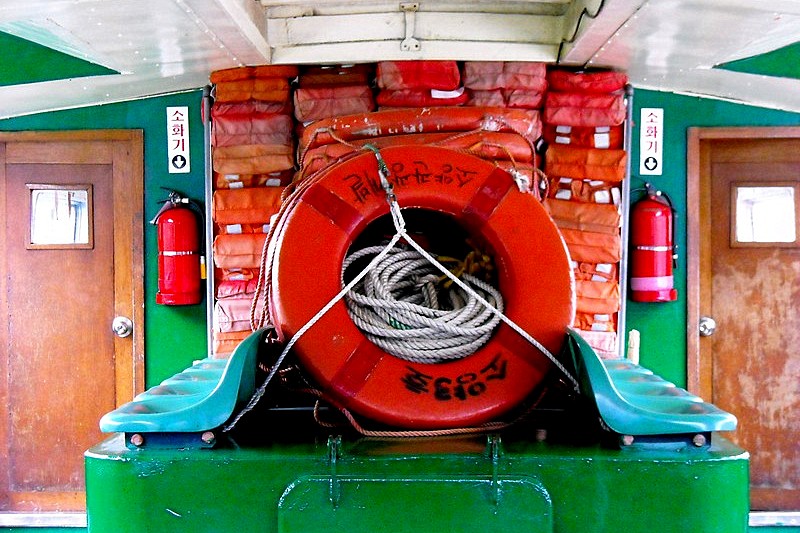
Cheongpyeong-sa was first built on Mt. Bong in 973 by Monk Seung Hyun during the Goryeo Dynasty. During the Korean War some of the temple complex was destroyed, but there is still plenty that has remained. In order to get there you must first take a bus from the city to Soyang Dam, it’s the last destination for a few different buses, you just have to get on the right one.
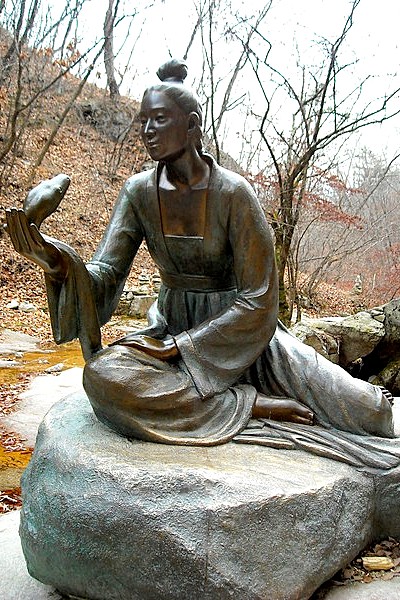
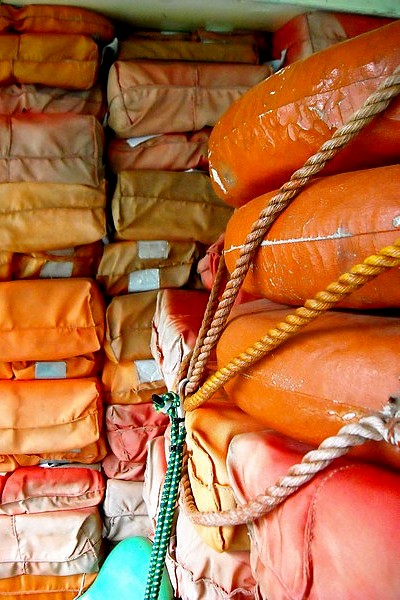
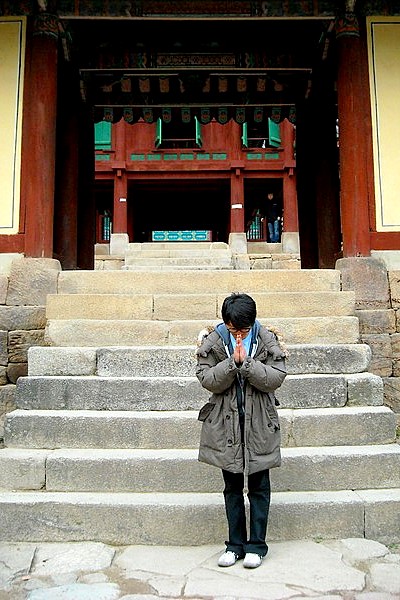
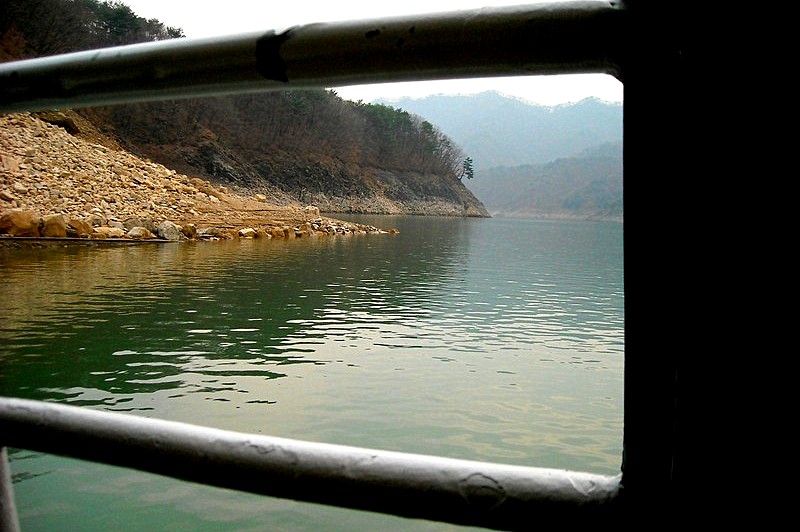
Soyang Dam was built in 1973 and is the largest rock filled dam in Asia. This dam makes Soyang Lake which is the largest lake in Korea so it has the fitting nickname of ‘the sea inside the land’.
Once there, there are ferries that will take you across Soyang Dam on a nice little boat for 20 minutes or so. After you land, there will be a 30 to 45 minute hike, depending on your stride bringing you up to the temple complex.
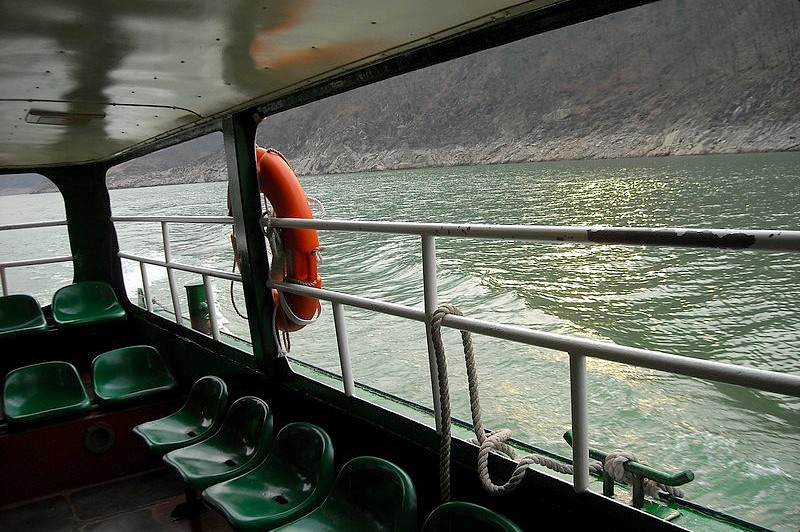
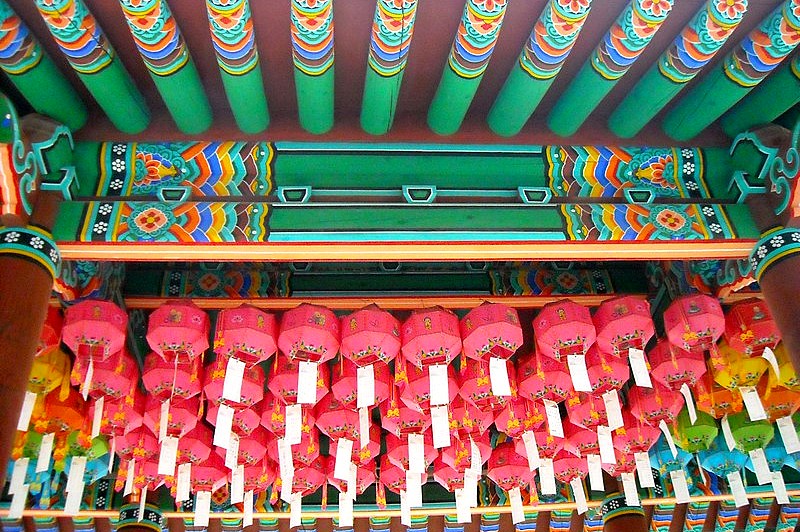
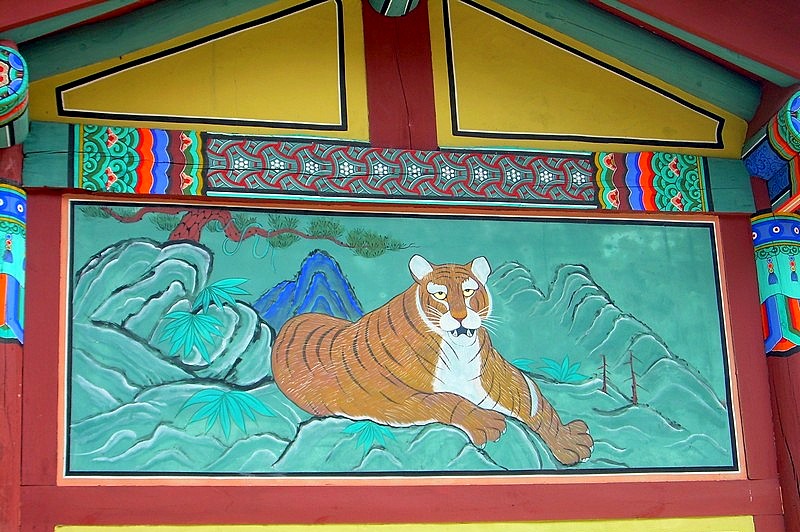
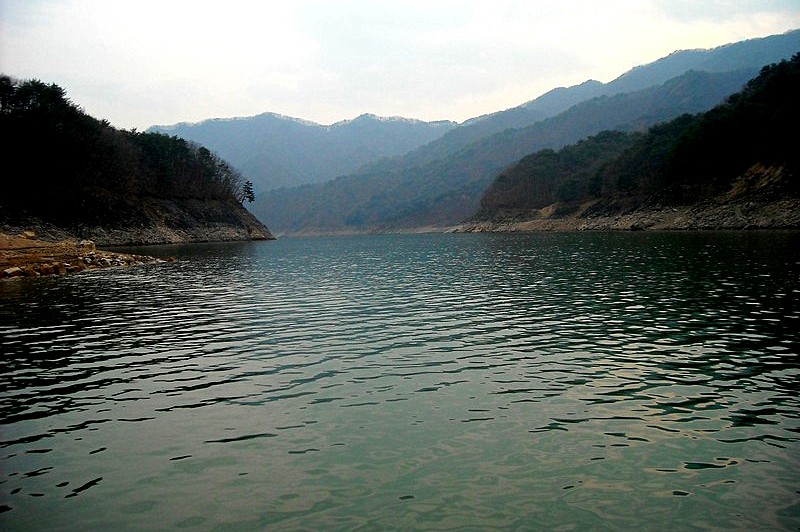
Once, a young man was so in love with a princess that when he was killed he was born again as a snake and attached himself to the princess and would not leave her. The princess went to many different temples praying that the snake would one day leave her but he did not. One day she came to Cheongpyeong-sa and after praying the snake finally left her. In that place she built a three stoned pagoda called the Gongju Pagoda, which is still there today.
That’s one version of the legend that goes with this temple.
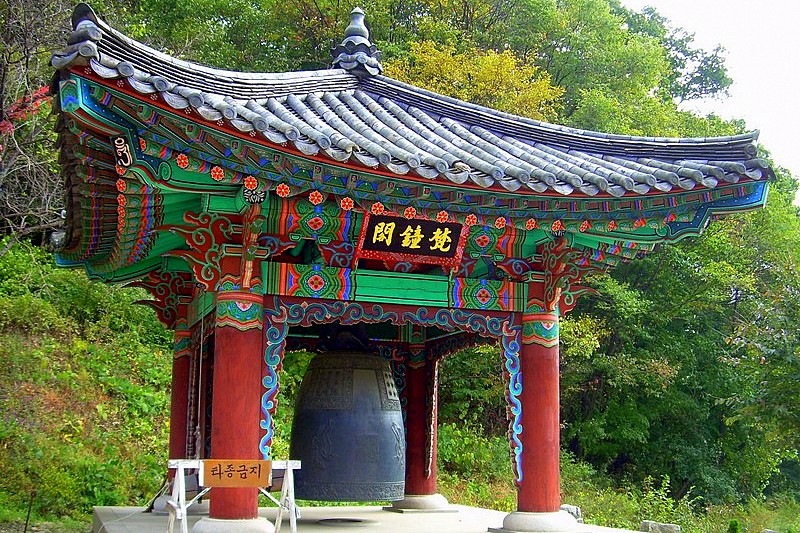

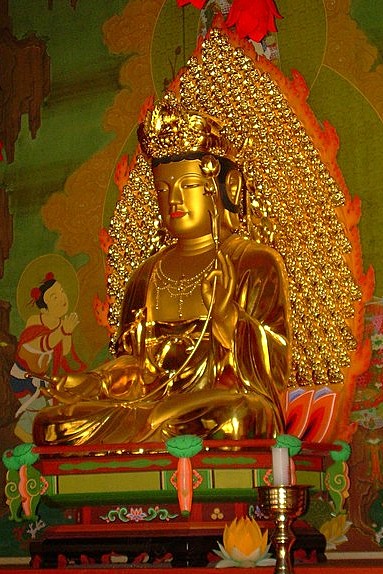
Did you like this post? Pin IT!
